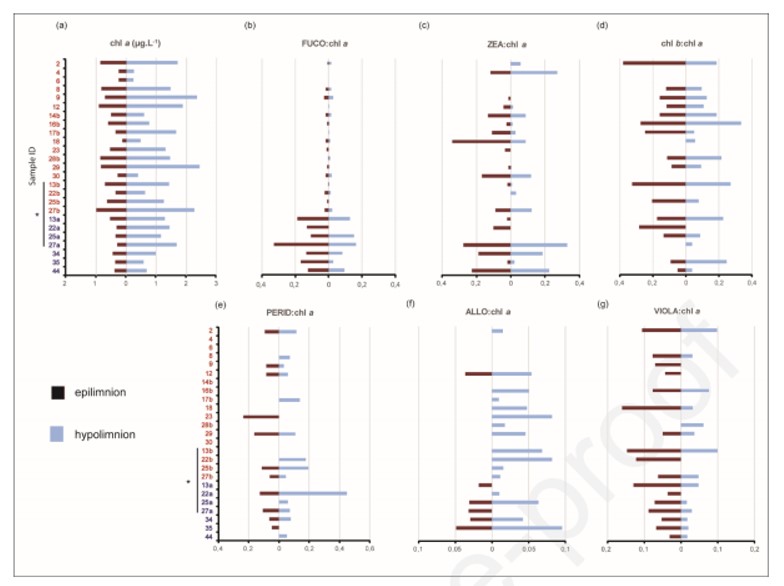
Authors
Recent discovery of methane (CH4) production in oxic waters challenges the conventional understanding of strict anoxic requirement for biological CH4 production. High‐resolution field measurements in Lake Stechlin, as well as incubation experiments, suggested that oxic‐water CH4 production occurred throughout much of the water column and was associated with phytoplankton especially diatoms, cyanobacteria, green algae, and cryptophytes. In situ concentrations and δ13C values of CH4 in oxic water were negatively correlated with soluble reactive phosphorus concentrations. Using 13C‐labeling techniques, we showed that bicarbonate was converted to CH4, and the production exceeded oxidation at day, but was comparable at night. These experimental data, along with complementary field observations, indicate a clear link between photosynthesis and the CH4 production‐consumption balance in phosphorus‐limited epilimnic waters. Comparison between surface CH4 emission data and experimental CH4 production rates suggested that the oxic CH4 source significantly contributed to surface emission in Lake Stechlin. These findings call for re‐examination of the aquatic CH4 cycle and climate predictions.









